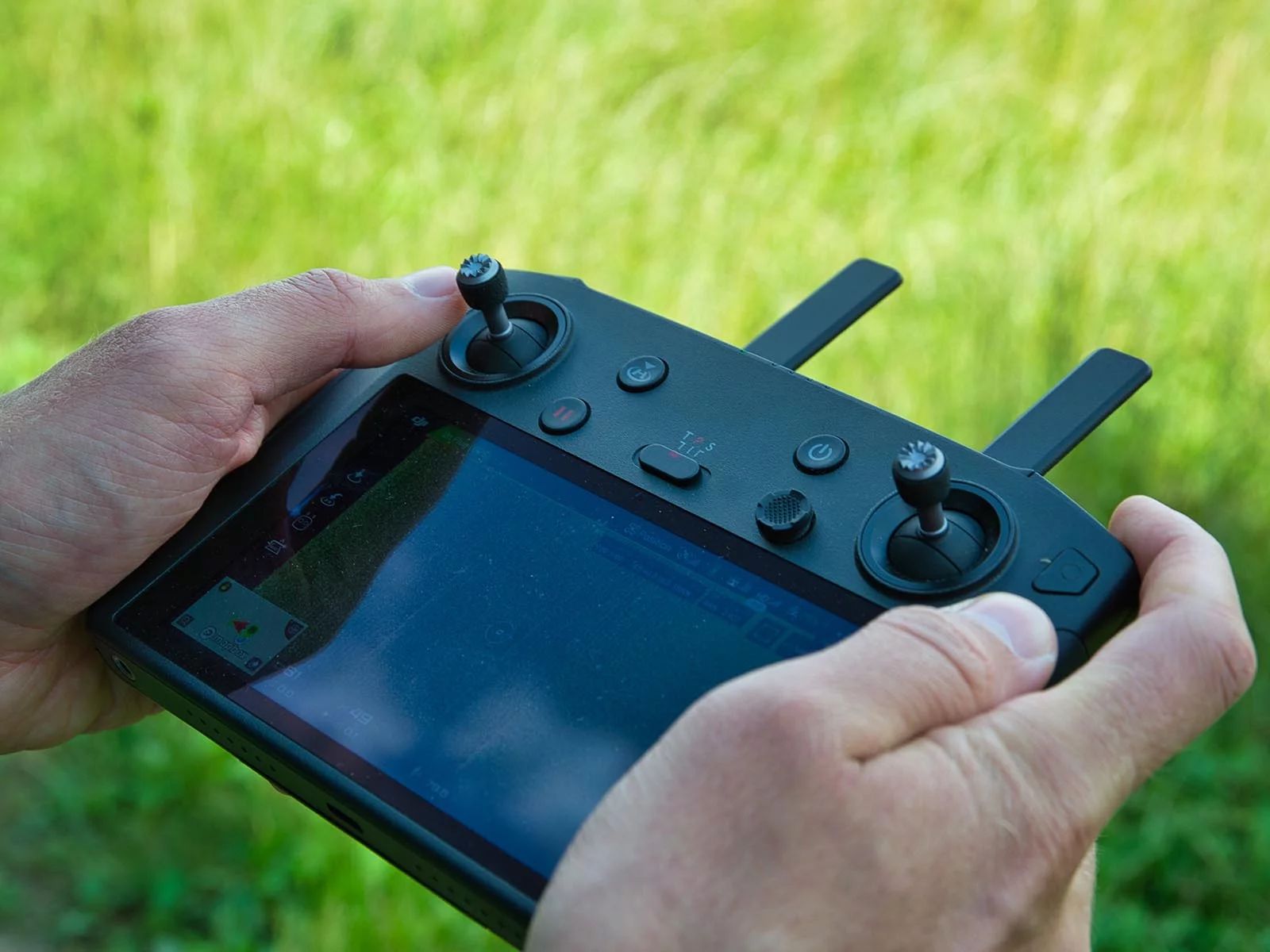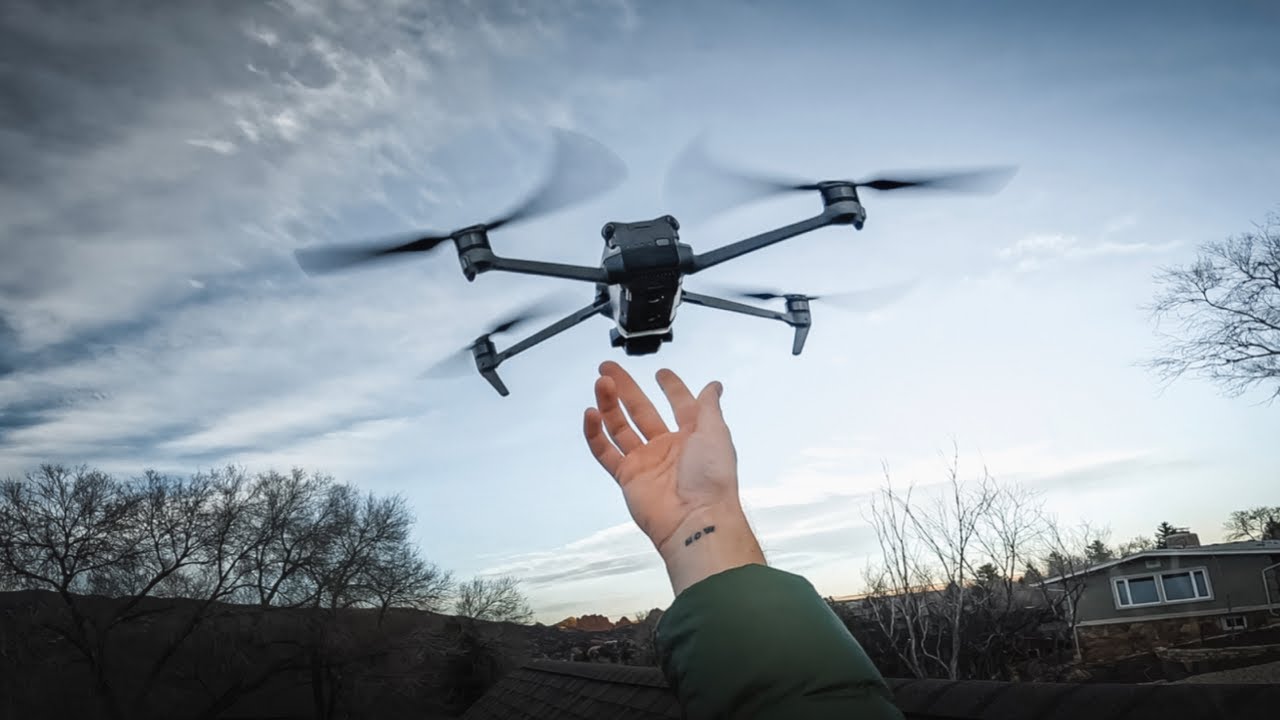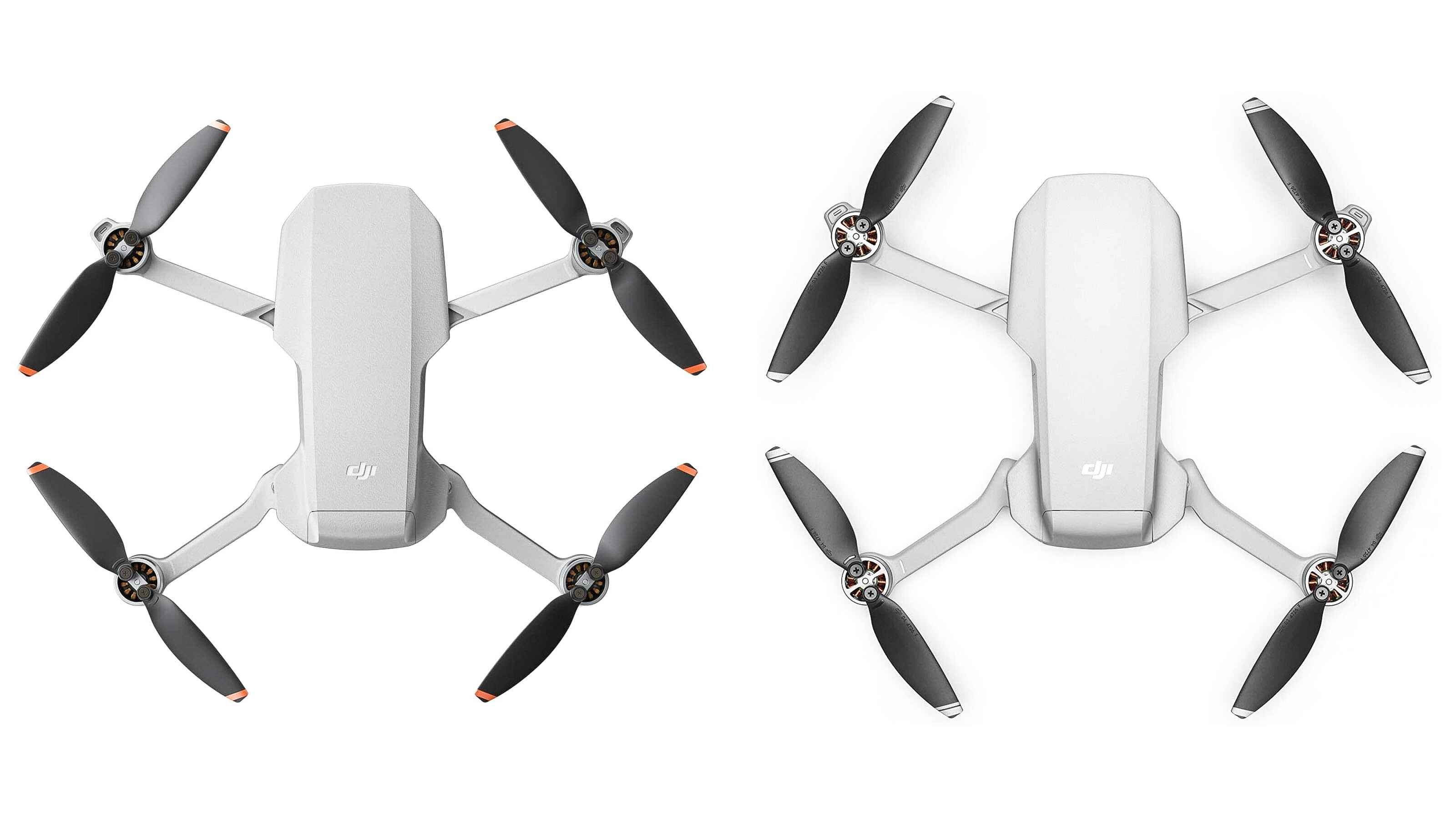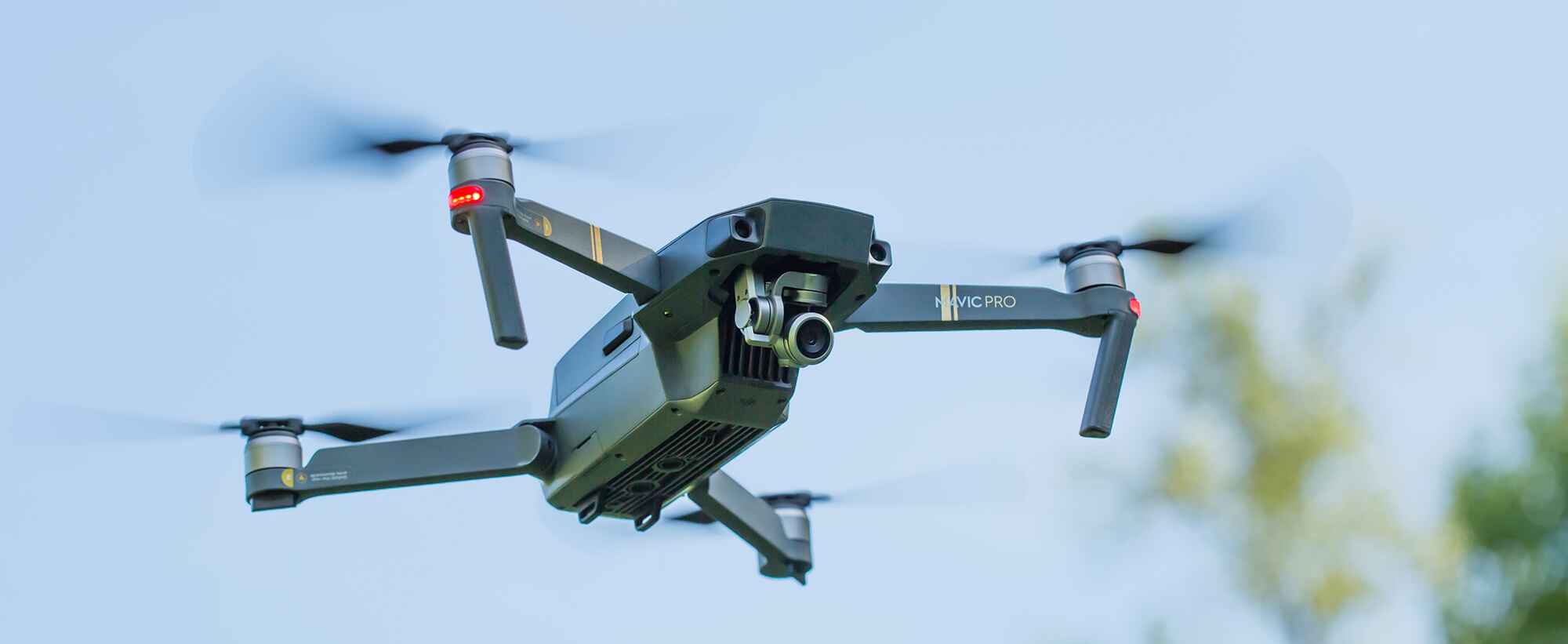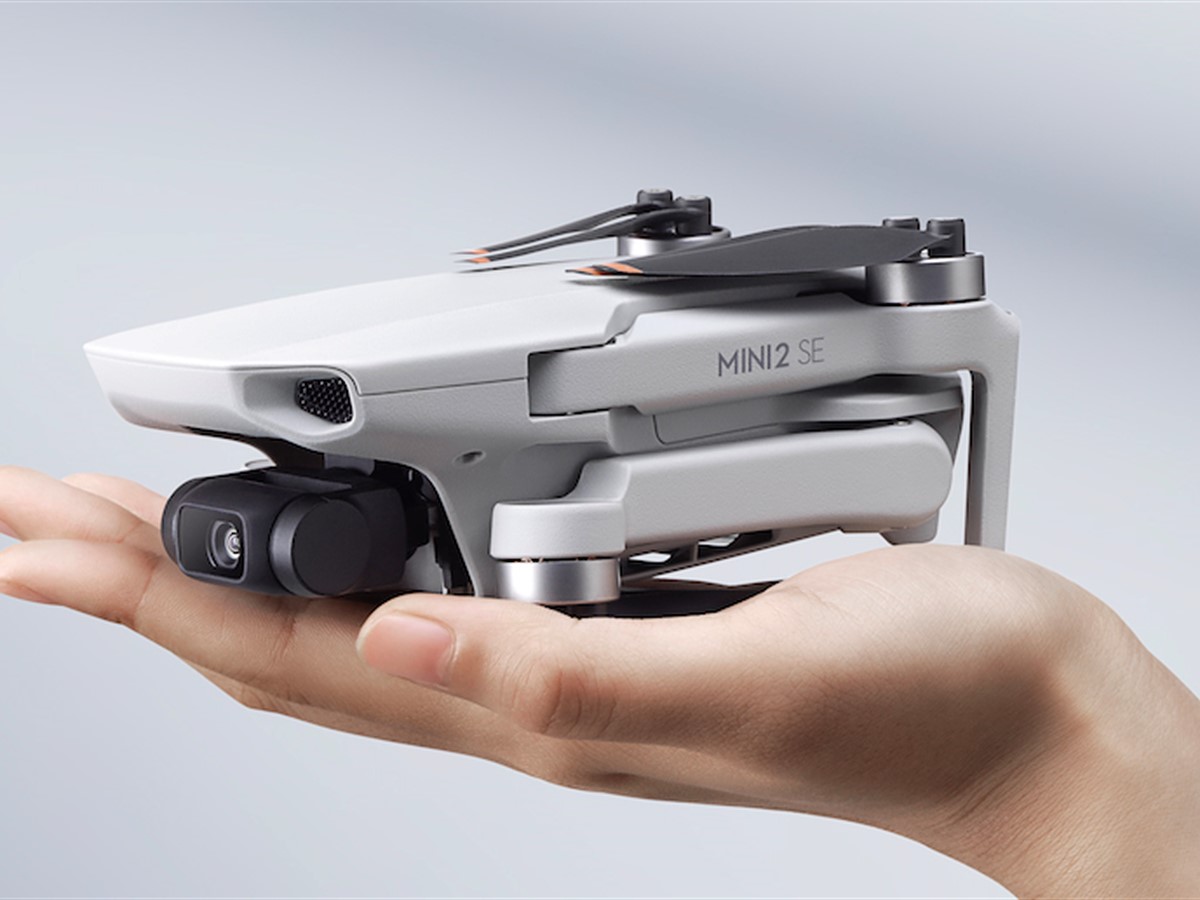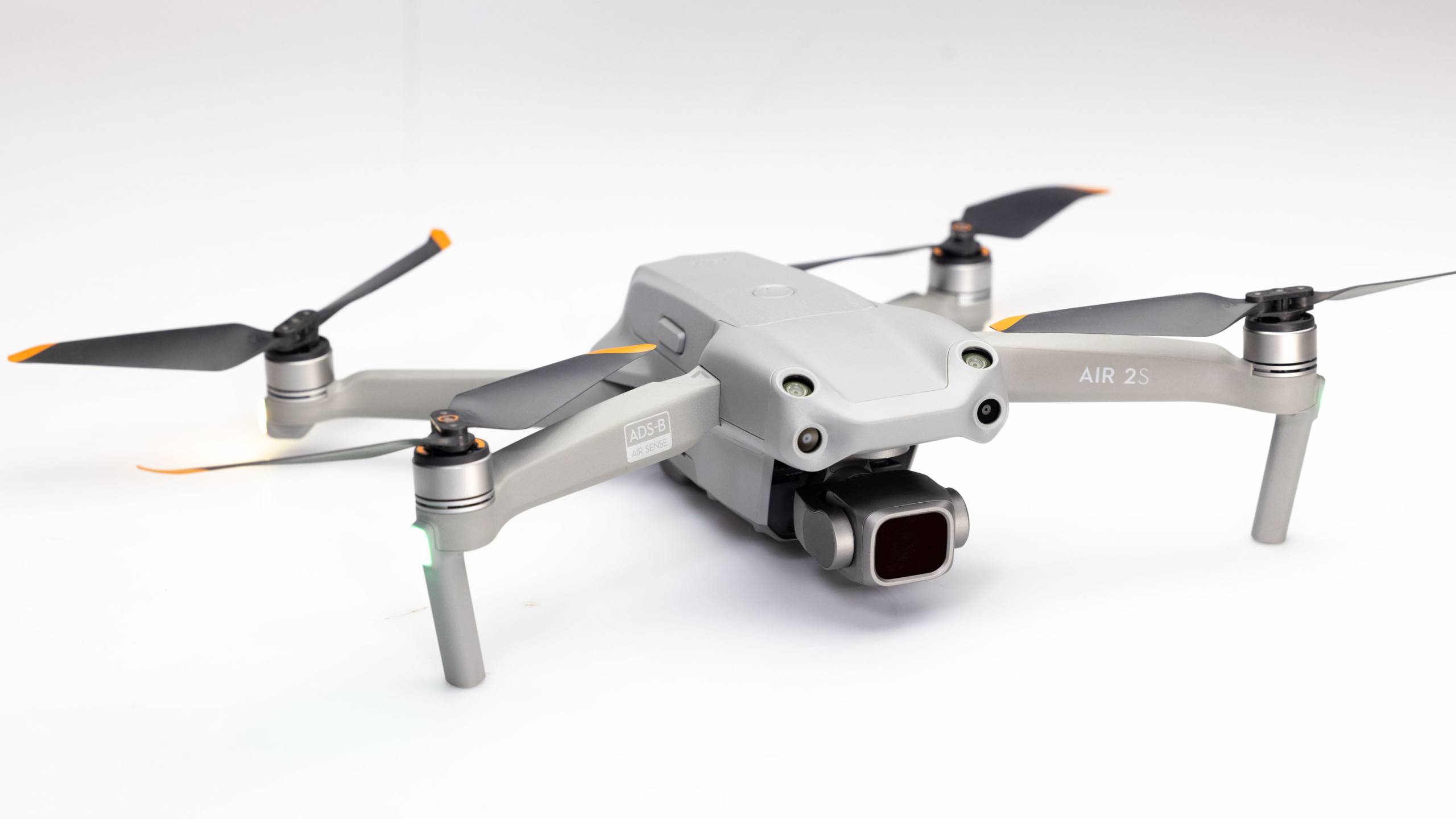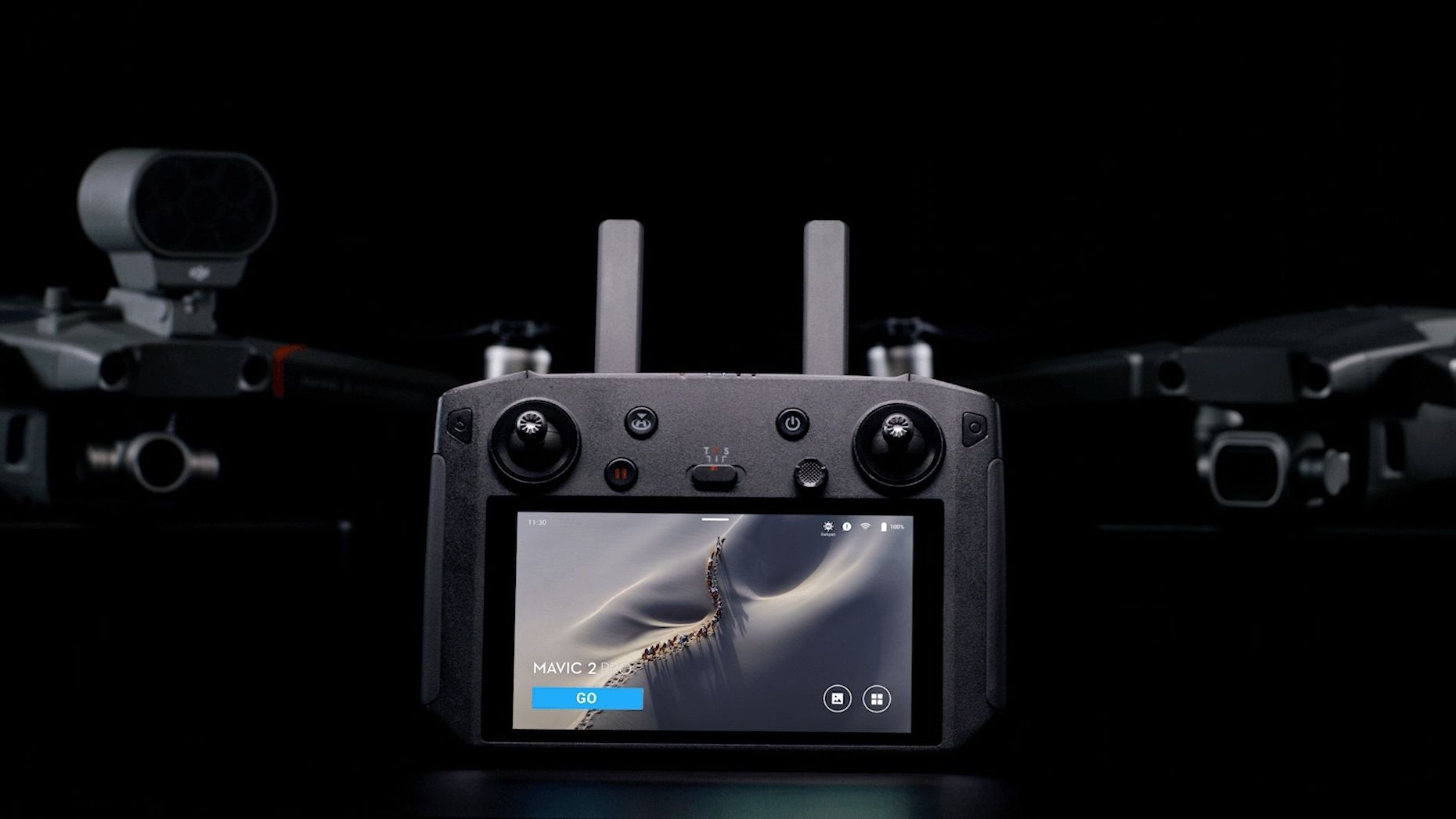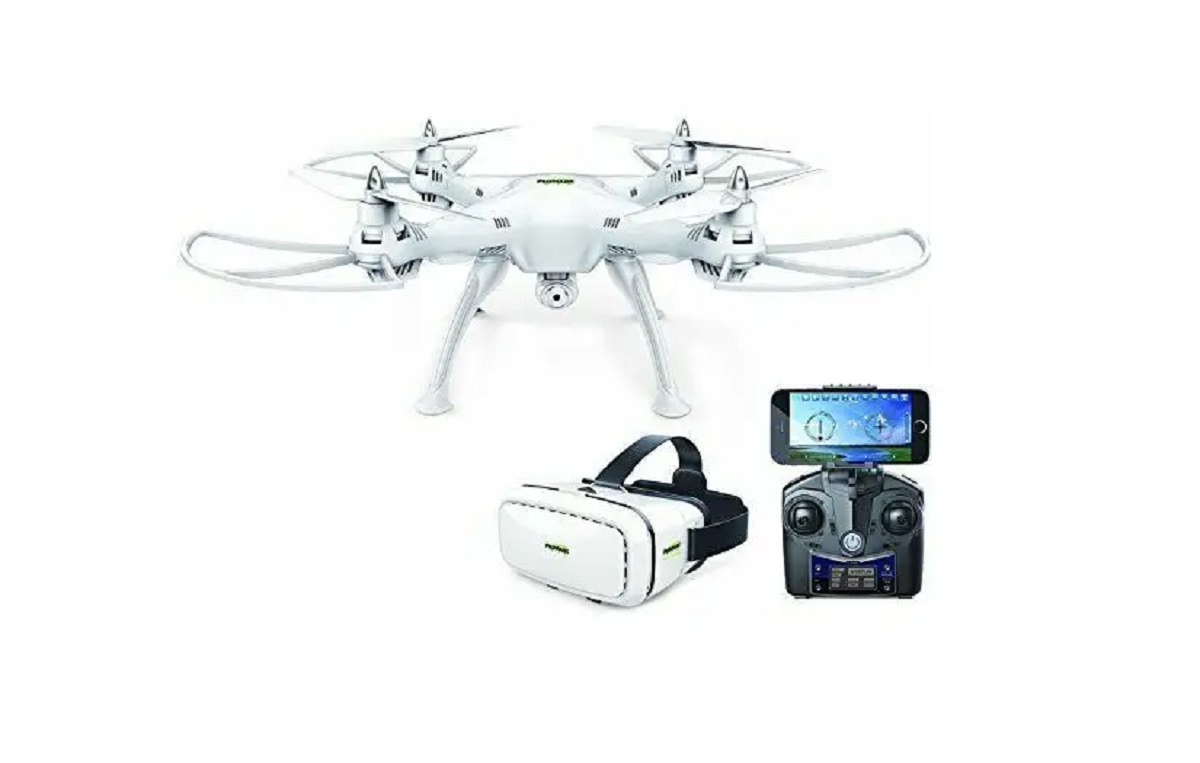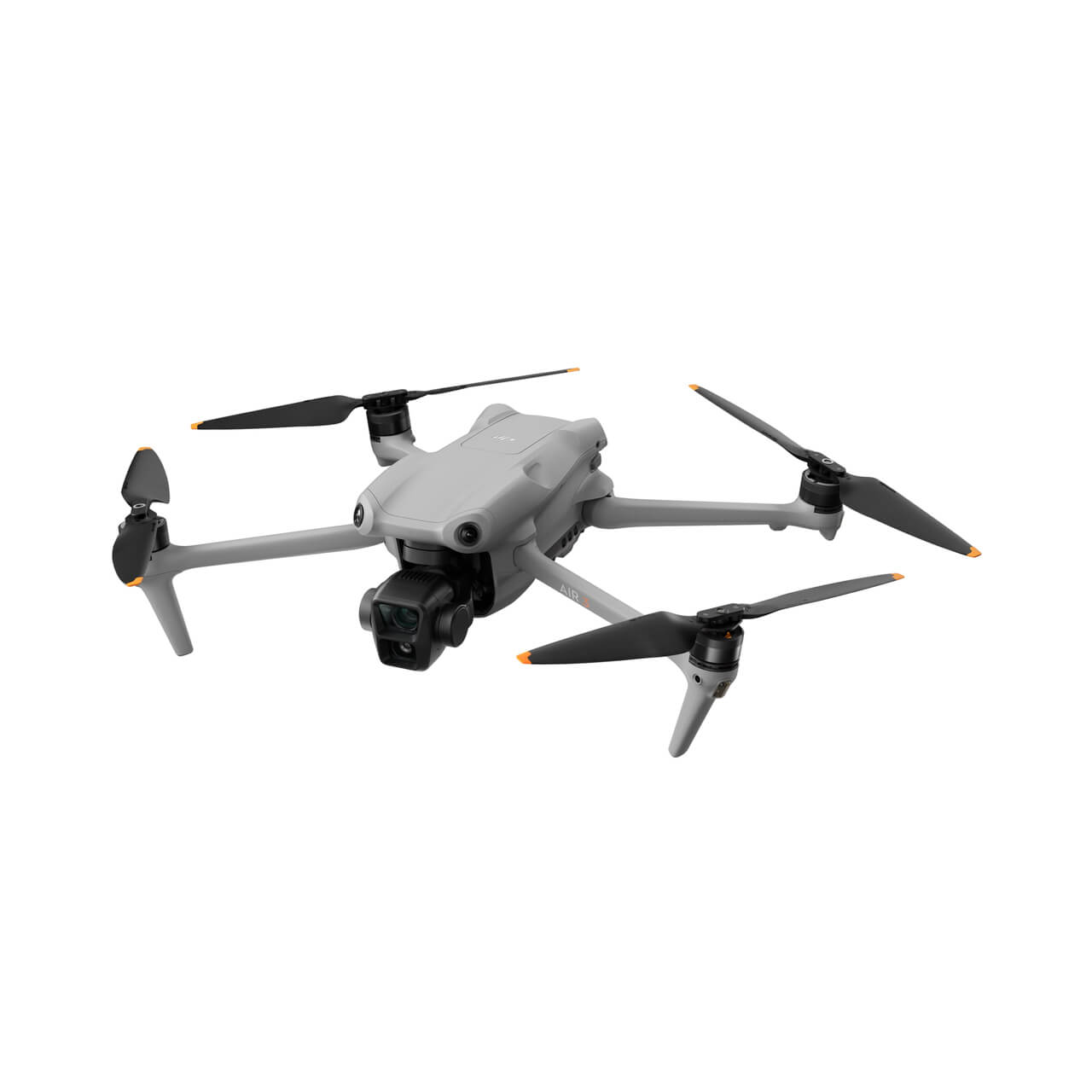Introduction
Welcome to the world of DJI Ocusync – the cutting-edge technology that revolutionizes the way we experience drone flying and aerial photography. As drone enthusiasts and professionals increasingly demand higher-quality video and more reliable transmission, DJI has been at the forefront of innovation with their Ocusync system.
Drones have become a popular tool for photography, videography, search and rescue missions, and more. However, the quality of the aerial footage and the reliability of the drone’s transmission system have long been a challenge. DJI recognized this and developed Ocusync to provide users with an unparalleled flying experience.
In this article, we will delve into the world of DJI Ocusync, exploring what it is, how it works, the benefits it offers, and its range and transmission quality. We will also compare DJI Ocusync with other transmission systems in the market. Whether you’re a drone enthusiast looking to upgrade your equipment or a professional seeking the best tools for your aerial photography projects, understanding DJI Ocusync is a must.
So, let’s strap in and take off on this journey to explore the incredible technology behind DJI Ocusync and how it has transformed the drone industry.
What is DJI Ocusync?
DJI Ocusync is a state-of-the-art transmission system developed by DJI, the world’s leading drone manufacturer. It is designed to provide a reliable and high-quality video transmission between the drone and the remote controller, ensuring an exceptional flying experience for users.
Ocusync employs advanced technology to deliver a seamless and low-latency video feed, allowing drone operators to see exactly what their drone sees in real-time. This is crucial for capturing stunning aerial shots and navigating the drone with precision, especially in complex environments.
One of the standout features of DJI Ocusync is its ability to transmit both video and control signals simultaneously. This means that users can control the drone’s flight path, camera settings, and other functions while receiving a crystal-clear video feed. This seamless integration of video and control signals sets Ocusync apart from traditional transmission systems, enhancing the overall flying experience.
DJI Ocusync is compatible with a wide range of DJI drones, including the Mavic series, Phantom series, Inspire series, and Spark. Whether you’re a professional aerial photographer or a hobbyist exploring the skies, Ocusync provides you with the tools to capture breathtaking aerial footage.
Moreover, DJI Ocusync offers a long-range transmission capability, allowing operators to fly their drones further than ever before. This is particularly useful for capturing expansive landscapes or conducting inspection missions in remote areas. With Ocusync, there’s no need to worry about losing the video feed or experiencing signal interference when flying at a distance.
In summary, DJI Ocusync is a groundbreaking transmission system that sets a new standard for drone flying. Its ability to seamlessly transmit high-quality video and control signals in real-time empowers drone operators to capture stunning aerial shots and navigate their drones with precision. With its long-range transmission capabilities and widespread compatibility, DJI Ocusync is a game-changer in the drone industry.
How Does DJI Ocusync Work?
DJI Ocusync works by utilizing a combination of advanced technologies to ensure smooth and reliable transmission between the drone and the remote controller. Let’s take a closer look at the key components and functionality of Ocusync.
First and foremost, Ocusync utilizes a dual-band signal transmission system. It operates on both the 2.4 GHz and 5.8 GHz frequency bands, which offers several advantages. The 2.4 GHz band provides better penetration through obstacles and a longer range, while the 5.8 GHz band offers higher transmission speeds and less interference from other devices.
To enhance the stability of the transmission, Ocusync features automatic channel switching. It constantly scans the available channels and selects the one with the least interference, ensuring a clear and uninterrupted video feed. This is particularly useful in areas with high Wi-Fi traffic or other wireless devices.
Furthermore, DJI Ocusync employs adaptive streaming technology. This means that the system analyzes the available bandwidth and adjusts the video quality in real-time to maintain a stable connection. If the signal strength weakens, Ocusync will automatically reduce the video resolution to prevent buffering or loss of transmission, ensuring a consistent and reliable feed.
Another critical component of DJI Ocusync is its low latency. Latency refers to the delay between the drone capturing the video and transmitting it to the remote controller. With Ocusync, the latency is significantly reduced to ensure that the video feed is almost instantaneous, allowing users to react quickly and make precise adjustments during the flight.
Additionally, DJI Ocusync supports the use of multiple antennas. The antennas are strategically placed on both the drone and the remote controller to optimize signal reception and transmission. This allows for a more robust and stable connection, especially when flying in challenging environments where signal interference is common.
In summary, DJI Ocusync combines dual-band transmission, automatic channel switching, adaptive streaming, low latency, and multiple antennas to deliver a reliable and high-quality video feed between the drone and the remote controller. These technologies work harmoniously to ensure a seamless and immersive flying experience.
Benefits of DJI Ocusync
DJI Ocusync offers a multitude of benefits that elevate the drone flying and aerial photography experience. Let’s explore some of the key advantages of using DJI Ocusync.
1. Enhanced Video Quality: With DJI Ocusync, users can enjoy a high-definition video feed, ensuring sharp and detailed visuals. This is crucial for capturing stunning aerial shots and monitoring the surroundings with clarity.
2. Long Transmission Range: Ocusync provides an extended transmission range, allowing drone operators to fly their drones further without losing the video feed or experiencing signal degradation. This is particularly valuable for aerial photography, inspection missions, and search and rescue operations in remote areas.
3. Real-Time Video Transmission: One of the standout features of DJI Ocusync is its ability to transmit video in real-time. This means that users can see exactly what the drone sees as they fly it, enabling precise control, framing shots, and capturing the perfect footage.
4. Seamless Integration of Video and Control Signals: Ocusync enables simultaneous transmission of video and control signals, allowing users to adjust camera settings, control flight parameters, and navigate the drone while receiving a clear and uninterrupted video feed. This seamless integration enhances the overall flying experience and empowers users to capture professional-quality footage.
5. Low Latency: DJI Ocusync boasts low latency, minimizing the delay between the drone capturing the video and it being displayed on the remote controller. This near-instantaneous video feed ensures quick and precise reactions, making it easier to navigate the drone and capture dynamic shots with accuracy.
6. Automatic Channel Switching: Ocusync automatically scans and selects channels with the least interference, ensuring a reliable and stable connection. This feature is especially beneficial in areas with high Wi-Fi traffic or other wireless devices, where signal interference can be a challenge.
7. Multiple Antennas for Signal Stability: DJI Ocusync utilizes multiple antennas strategically placed on both the drone and the remote controller, optimizing signal reception and transmission. This improves signal stability and reduces the risk of video feed loss, even in challenging environments.
In summary, DJI Ocusync offers enhanced video quality, a long transmission range, real-time video transmission, seamless integration of video and control signals, low latency, automatic channel switching, and multiple antennas for signal stability. These benefits make Ocusync the ideal choice for drone enthusiasts and professionals looking for a reliable and immersive flying experience.
DJI Ocusync Range and Transmission Quality
One of the key factors that sets DJI Ocusync apart from other transmission systems is its impressive range and transmission quality. Let’s take a closer look at the range capabilities and the transmission quality of DJI Ocusync.
DJI Ocusync offers an impressive transmission range, allowing drone operators to fly their drones at great distances without losing the video feed or experiencing signal interference. The range varies depending on the specific model and environment conditions, but with Ocusync, drone pilots can typically achieve ranges of up to 7 kilometers (4.3 miles) in open areas with minimal signal interference.
Furthermore, DJI Ocusync provides high-quality transmission throughout its range. The video feed remains clear and stable, ensuring that users can capture professional-grade footage even when flying at maximum distances. With Ocusync, there’s no need to compromise on video quality, even in challenging environments.
In addition to the range, DJI Ocusync offers excellent transmission quality. It provides a low-latency video feed, minimizing the delay between the drone capturing the footage and it being displayed on the remote controller. This near-instantaneous transmission ensures that users can react quickly and make necessary adjustments during the flight, resulting in more precise control and better overall flying experience.
The transmission quality of DJI Ocusync is further enhanced by adaptive streaming technology. This intelligent technology analyzes the available bandwidth and adjusts the video quality in real-time to maintain a stable connection. By dynamically adapting to the existing network conditions, Ocusync minimizes buffering, frame drops, and other issues that could affect the transmission quality.
In challenging signal environments, DJI Ocusync utilizes its automatic channel switching feature to ensure a reliable connection. The system constantly scans for available channels and selects the one with the least interference. This automatic channel selection helps to maintain a smooth and uninterrupted video feed, even in areas with high Wi-Fi traffic or other wireless devices.
Overall, DJI Ocusync offers an impressive range that allows for long-distance flights and maintains excellent transmission quality throughout. With low latency, adaptive streaming, and automatic channel switching, Ocusync ensures a reliable and high-quality video feed, empowering users to capture breathtaking aerial footage with confidence.
DJI Ocusync vs. Other Transmission Systems
When it comes to transmission systems for drones, DJI Ocusync stands out from the competition. Let’s compare Ocusync with other transmission systems to understand why it is the preferred choice for many drone enthusiasts and professionals.
1. Range: DJI Ocusync offers an impressive range, allowing users to fly their drones at greater distances without losing the video feed. In comparison, some other transmission systems have more limited ranges, which can restrict the drone’s capabilities, especially in large open areas or when conducting long-distance missions.
2. Transmission Quality: DJI Ocusync provides exceptional video transmission quality throughout its range. The video feed remains clear and stable, even at long distances, ensuring that users can capture high-quality footage. Other transmission systems may experience signal degradation or interference, leading to a lower video quality and compromised visuals.
3. Low Latency: Ocusync boasts low latency, enabling almost instantaneous video transmission between the drone and the remote controller. This minimal delay is crucial for precise control, especially in dynamic flying scenarios or when capturing fast-moving subjects. In contrast, some other transmission systems may have higher latency, resulting in laggy video feeds and delayed reactions.
4. Simultaneous Video and Control Transmission: DJI Ocusync allows for the simultaneous transmission of video and control signals. This means that users can control the drone’s flight and camera settings while receiving a real-time video feed. Other transmission systems may require separate channels for controlling the drone and receiving the video feed, leading to a more disjointed and challenging flying experience.
5. Signal Stability and Interference Resistance: DJI Ocusync utilizes multiple antennas and automatic channel switching to optimize signal reception and transmission. This helps to maintain a stable connection and minimize interference from other devices or Wi-Fi networks. In comparison, some other transmission systems may be more susceptible to signal interference, leading to a less reliable video feed and potential disruptions during flights.
6. Compatibility: DJI Ocusync is compatible with a wide range of DJI drones, including the popular Mavic, Phantom, Inspire, and Spark series. This means that users can experience the benefits of Ocusync across different drone models and sizes. Other transmission systems may have limited compatibility options, restricting users to specific drone models or brands.
In summary, DJI Ocusync outshines other transmission systems with its impressive range, high-quality transmission, low latency, simultaneous video and control transmission, signal stability, and wide compatibility. These advantages make Ocusync the preferred choice for drone enthusiasts and professionals who seek the best aerial photography and flying experience.
DJI Ocusync Products
DJI offers a range of products featuring the advanced Ocusync transmission system. Let’s explore some of the key DJI products that incorporate Ocusync technology.
1. DJI Mavic Series: The DJI Mavic series drones, including the Mavic Air 2, Mavic 2 Pro, and Mavic 2 Zoom, feature DJI Ocusync 2.0. These compact and portable drones are equipped with high-quality cameras and offer impressive transmission ranges, ensuring an exceptional flying and aerial photography experience.
2. DJI Phantom Series: The DJI Phantom series, known for their professional-grade features, also utilize DJI Ocusync. Models like the Phantom 4 Pro and Phantom 4 Advanced deliver stunning aerial photography capabilities, long transmission ranges, and stable video feeds.
3. DJI Inspire Series: The DJI Inspire series, which caters to professional filmmakers and content creators, includes the Inspire 2 drone with DJI Ocusync. This powerful and versatile drone offers exceptional transmission quality, advanced flight features, and the ability to mount high-quality Zenmuse cameras, enabling stunning cinematography from the sky.
4. DJI Spark: The DJI Spark, a compact and beginner-friendly drone, also features DJI Ocusync technology. Despite its small size, the Spark delivers a reliable and stable video transmission, making it a great choice for those looking to start their drone flying and photography journey.
5. DJI Goggles: DJI Ocusync is not limited to just drones; it also powers the DJI Goggles. These immersive goggles provide a first-person view (FPV) experience, allowing users to see through the eyes of their drones in real-time. Whether connected to a Mavic drone or other compatible DJI drones, the DJI Goggles offer a seamless and immersive flight experience.
In addition to the above-mentioned products, DJI continues to innovate and incorporate Ocusync technology into new drone models and accessories. This demonstrates DJI’s commitment to providing users with the best in-flight experience and high-quality transmission capabilities.
It’s important to note that when using DJI Ocusync products, it’s crucial to comply with local regulations and operate the drones responsibly and safely. Familiarizing oneself with the user manuals, understanding the flight rules, and following best practices are essential for an enjoyable and hassle-free drone flying experience.
In summary, DJI Ocusync technology can be found in various DJI drone models, including the Mavic series, Phantom series, Inspire series, and even the DJI Spark. Users can enjoy reliable and high-quality video transmission, along with impressive flight capabilities, in these Ocusync-powered products.
Conclusion
In conclusion, DJI Ocusync is a game-changer in the drone industry. With its advanced technology, Ocusync offers unmatched transmission capabilities, enhancing the drone flying and aerial photography experience for users.
From its impressive range and high transmission quality to its low latency and simultaneous video and control transmission, DJI Ocusync sets a new standard for drone transmission systems. The seamless integration of video and control signals, along with the stability provided by multiple antennas and automatic channel switching, ensures a reliable and uninterrupted video feed, even in challenging signal environments.
DJI Ocusync is compatible with a wide range of DJI drones, including the popular Mavic, Phantom, Inspire, and Spark series, catering to both beginners and professionals in the industry. The technology empowers drone enthusiasts and professionals to capture breathtaking aerial shots, explore new possibilities, and push the boundaries of creativity.
Whether you’re a hobbyist using a DJI Spark or a professional photographer working with an Inspire series drone, DJI Ocusync elevates your drone flying experience by providing you with a clear and stable video feed, precise control, and long transmission ranges. With Ocusync, you can immerse yourself in the joy of flying and capturing stunning aerial visuals.
As technology continues to evolve, we can expect DJI to further enhance and optimize Ocusync in their future products. DJI’s innovation and commitment to pushing boundaries in drone technology make them a leader in the industry, and Ocusync is a testament to their dedication to providing users with the best possible experience.
So, whether you’re a professional aerial photographer, a passionate videographer, or a drone enthusiast seeking the best tools, DJI Ocusync is a technology that you should consider. Experience the power of reliable transmission, stunning visuals, and seamless control with DJI Ocusync – the transmission system that takes your drone flying to new heights.







